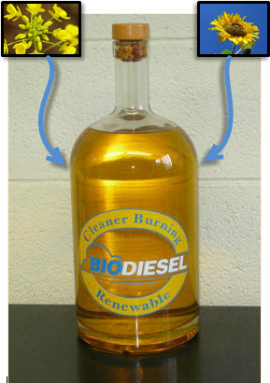These terms refer to three generally different end uses of biomass based products. “Biofuel” is short for “biomass fuel,” a term used for liquid fuels produced from biomass (generally transportation fuels), such as ethanol, bio-oil, and biodiesel. “Biopower” refers to biomass-fueled power systems that generate electricity or industrial process heat and steam, such as combined heat and power (CHP) systems. “Bioproduct” is short for “biomass products” and can be used to describe a chemical, material, or other (non-energy) product such …




 Justin Heavey is a senior research support specialist for the Willow Project at the State University of New York, College of Environmental Science and Forestry (SUNY-ESF) in Syracuse, New York. Since 2008, he has been managing energy and sustainability projects in higher education.
Justin Heavey is a senior research support specialist for the Willow Project at the State University of New York, College of Environmental Science and Forestry (SUNY-ESF) in Syracuse, New York. Since 2008, he has been managing energy and sustainability projects in higher education.